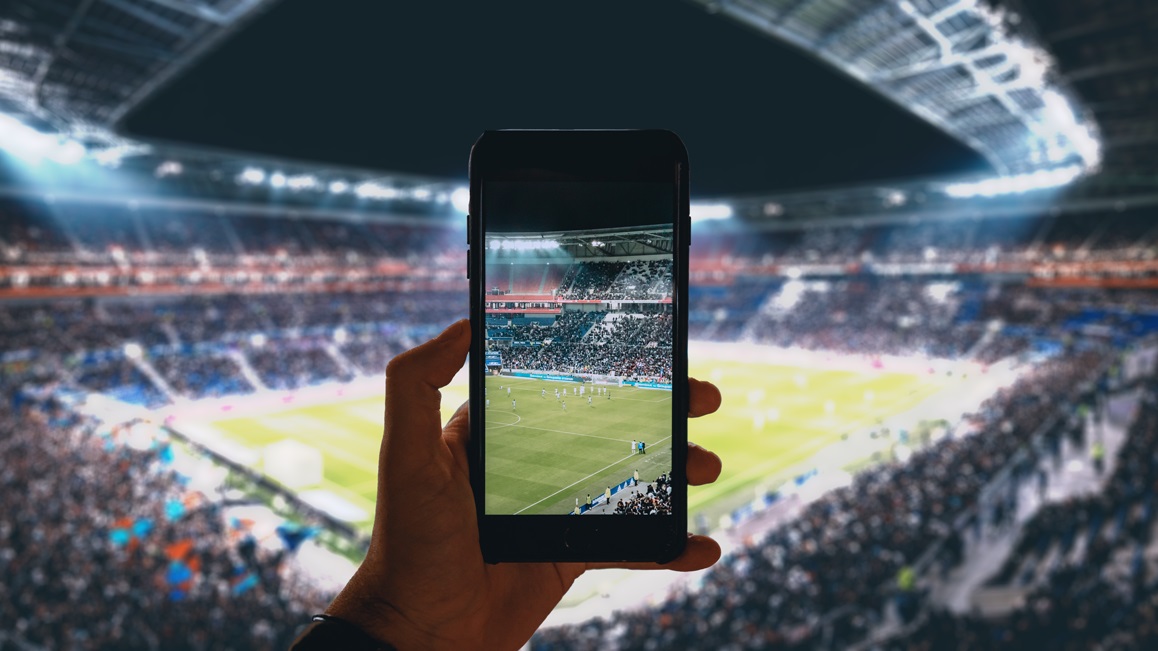In the rapidly evolving landscape of sports broadcasting, social media has emerged as a powerful force, transforming the way fans engage with their favorite sports and athletes. While concerns have been raised about the potential detrimental effects of social media use, its impact on 축구중계 sports broadcasting extends far beyond the negative.
One of the most significant benefits of social media in 축구중계 sports broadcasting is its ability to enhance fan engagement. Platforms like Twitter, Instagram, and Facebook provide fans with instant access to real-time updates, highlights, and behind-the-scenes content. This direct interaction allows fans to feel closer to the action and more connected to their favorite teams and athletes. For instance, during live games, fans can participate in discussions, share reactions, and even influence narratives in real time, creating a dynamic and immersive viewing experience.
Moreover, social media has democratized sports commentary, giving fans a platform to voice their opinions and share their expertise. This has led to a more diverse and inclusive sports media landscape, with bloggers, influencers, and amateur commentators gaining significant followings and influence. These voices often offer unique perspectives and insights that complement traditional sports journalism, enriching the overall discourse around sports.
Social media has become a powerful marketing tool for sports organizations, sponsors, and athletes alike. Through targeted advertising and influencer partnerships, teams and athletes can reach a global audience, expand their fan base, and generate revenue. This has led to unprecedented growth in sports marketing opportunities, with brands leveraging social media to create engaging campaigns and connect with consumers on a personal level.
Social media has played a pivotal role in breaking down barriers and promoting diversity in sports. Athletes from marginalized communities have used platforms like Instagram and TikTok to share their stories, advocate for social justice, and inspire change. This has empowered athletes to use their platforms for good, raising awareness about important issues and driving meaningful conversations both on and off the field.
It is important to acknowledge the challenges and potential drawbacks of social media in sports broadcasting. Issues such as online harassment, misinformation, and the commodification of athletes are real concerns that need to be addressed. Sports organizations, leagues, and social media platforms must work together to establish guidelines and policies that protect athletes and fans while promoting a positive and inclusive online environment.






